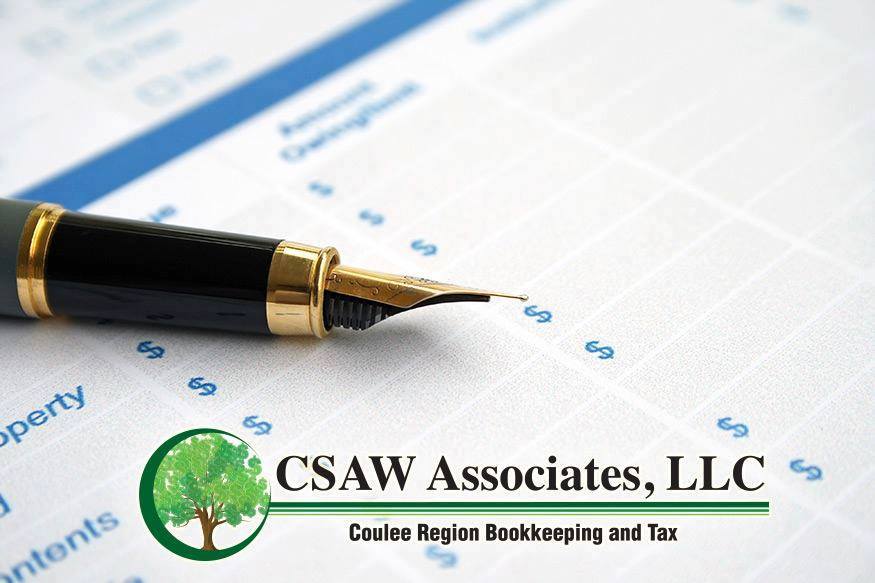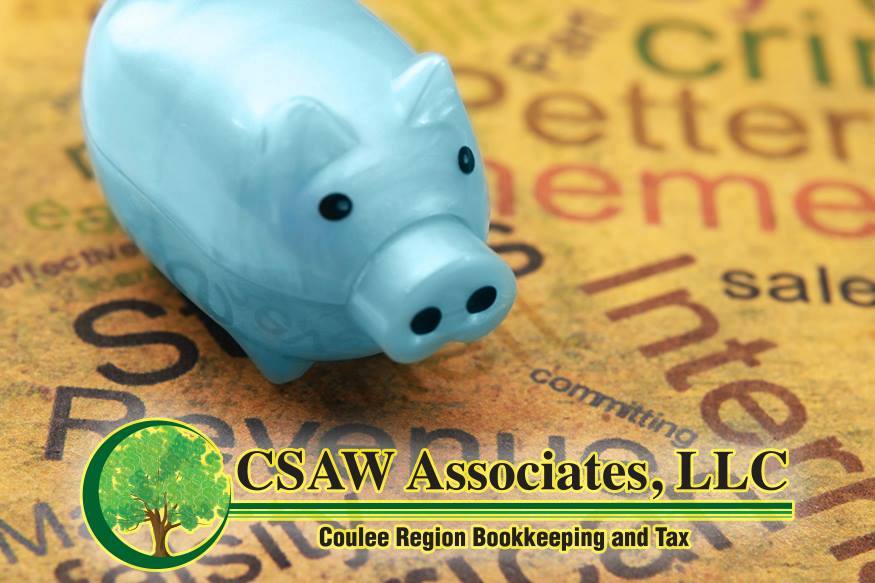June 2020 Newsletter Feature Article
Deciding on the kind of business you want to start is a very
big decision. Some require specialized skills that either the owner or
employees will need. Others require a substantial initial capital outlay. In
any case, it’s always a good idea to consider the health of the industry you’ll
be entering in.
While we are not giving any kind of investment advice in this article, we thought it’d be fun to list the business ideas that will be recession-proof in 2020, many of which were also fast-growing in 2019. They are not in any particular order.
Bicycle shops
Demand for bikes ramped up this year when people started staying at home due to shelter-in-place orders. They saw the need to exercise close to home, and a bike is the perfect accessory to get people out of the house safely.
Building services
This group includes businesses that provide services like office and home cleaning, landscaping, and pest control. New demands in cleaning will continue for some time.
Software development
Businesses with skilled developers are in demand as other
businesses look to automate more and more of their processes. Workers with
skills in artificial intelligence and virtual reality are in very high demand.
In 2020, we added a huge demand for video conferencing tools, and other tech
tools we need to work from home.
Online publishers
While the traditional print media such as book publishers and newspapers are declining in growth, online publishers are thriving. This category includes bloggers as well as the internet stars on YouTube that are making great money through online ads and product endorsements. The fast pace of the news in 2020 has simply accelerated this trend.
Building finishers
This category includes construction companies that provide drywall, painting, and flooring to finish out a building or house. Th need will continue in 2020 as offices, shops, and other businesses remodel to meet social distancing and other safety rules.
Outpatient care
An alternative to going to the hospital emergency room, these care facilities are growing fast. For patients, they are less hassle than making an appointment with a doctor and far less expensive than ER bills. Once tests and treatments for COVID-19 become universal, these places will become good alternative for people with mild symptoms.
Administrative services
There’s a growing need for businesses that need additional administrative support beyond what employees can provide. Virtual assistants are included in this category as well as staffing companies that provide temporary clerical workers onsite.
Physicians
If you’ve ever been in a doctor’s office waiting room full of people, you know that this area is in demand. This include offices of physicians of all specialties.
Professional drivers
Professional drivers fall into two categories: truck drivers and delivery/taxi services. The demand for truck drivers is always increasing as online orders and ecommerce steadily grows. Many of these drivers are independent and own their own rigs as well as their own businesses.
Uber, Lyft, GrubHub, and DoorDash, to name a few, have increased the demand for professional drivers who can deliver food, medicine, or people to where they need to go.
Data processing
The demand for data hosting, server farms, and data processing continues to grow as our appetite for technology increases.
Warehousing and storage
Places like self-storage facilities will be in demand for a
couple of reasons. Families have more stuff than they have room for. And as
families continue to be mobile, they will need temporary storage space. All you have to do is look on your street at
all the cars that don’t fit in their garages to see the demand in this type of
business.
On the commercial side, increased ecommerce demand and the need for pickup and delivery services has increased the need for warehouses for businesses in the distribution space.
Construction
In most places, construction is booming, so there is a
demand for general contractors, subcontractors, architects, engineers, and
businesses that support construction.
Architects should be busy re-designing spaces, such as offices, restaurants, nursing homes, day care centers, and jails, to name a few, to keep people safer.
Medical and diagnostic laboratories
Even before COVID-19 came on the scene, this type of
business was growing fast for several reasons beyond standard medical test
ordered by doctors. People are getting DNA tests on their own, and nutritionists
are doing more testing as people realize diet is a huge factor in health and
personal energy.
Now that COVID-19 diagnosis and treatment require a variety of tests, these labs will be busy for a long time in the future.
Ecommerce wholesalers
There is a growing number of people who sell items on
ecommerce platforms such as eBay and Amazon. While a few source these items
through agreements with manufacturers, many visit flea markets, donation
centers, and resell shops to make their purchases and repurpose the items.
Smart wholesalers that have their systems set up can help brick-and-mortar shops without an ecommerce presence sell their items while they are shuttered.
Professional services
Fields that are fastest-growing include technology and
marketing consultants. An interesting new type of security consultant is one
that trains groups on how to deal with violence in the workplace and schools.
Attorneys are busy helping individuals update their estate plans and will likely be busy with divorce filings after COVID-19 has let up some. Accountants have new laws to communicate to their clients, and many small businesses want their books caught up now.
Educational services
This broad group include elementary and secondary schools
and junior colleges. It also includes adult career education, including
businesses that teach trades skills, computer skills, and business skills.
Companies that provide an online component to learning will be in demand for quite a while.
Real estate agents
Competitive, yes. But the average home sells twice as fast as it did eight years ago, so the number of transactions have doubled, increasing demand.
Personal services
While a broad category, the areas seeing growth include
personal trainers, personal nutritionists, and wedding planners, to name a
few.
If your business falls into one of these categories, congratulations. If you’re considering starting a business and you have the skills needed to start one of the businesses above, what are you waiting for?



